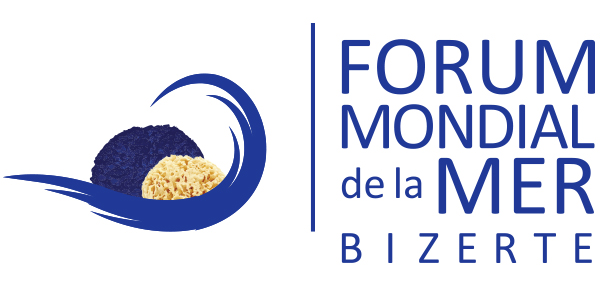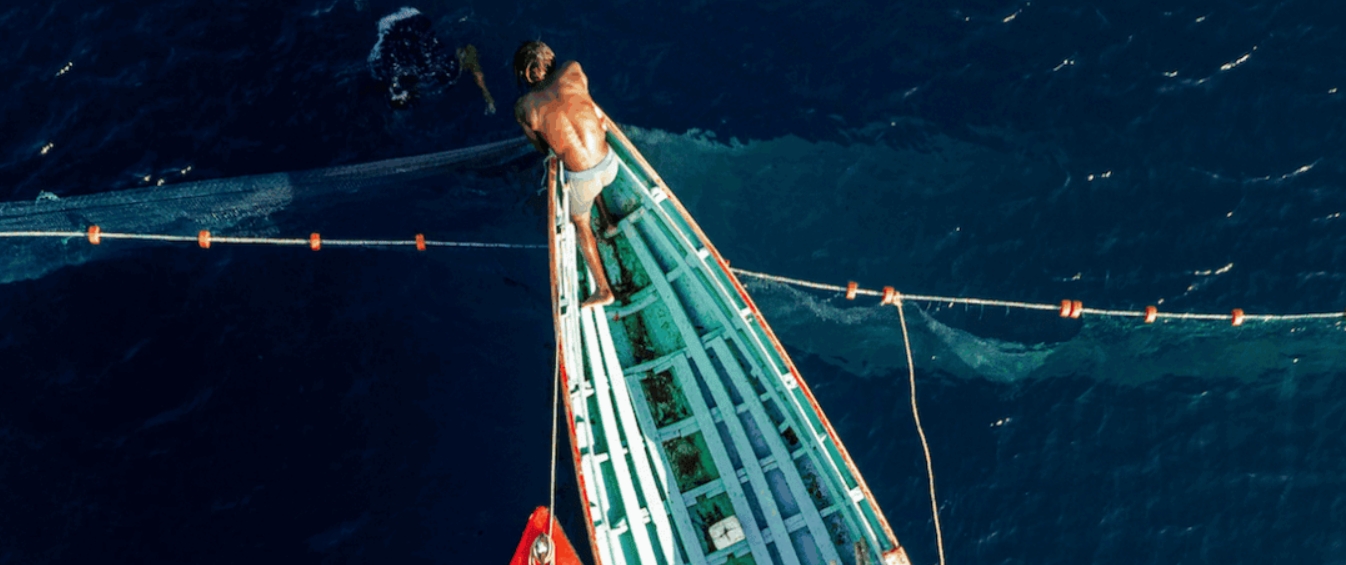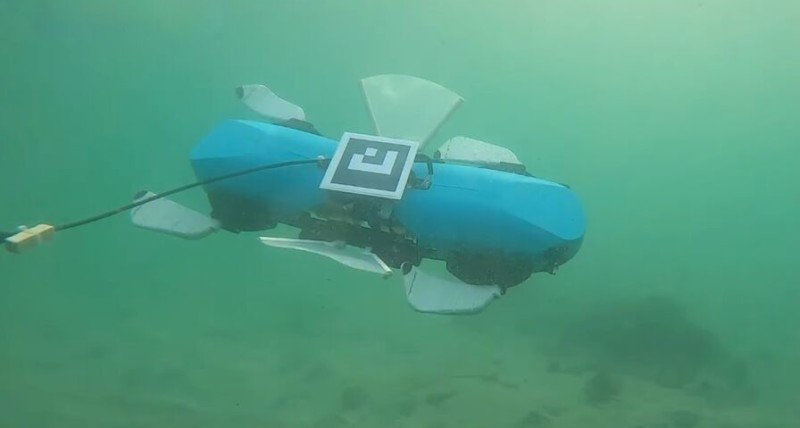As two coastal countries connected by the Atlantic Ocean and five centuries of shared history, Brazil and Portugal have long appreciated the value of “blue foods” or aquatic foods, including our mutual love for bacalhau, or salted cod.
Portugal ranks third worldwide and first in the EU for per capita fish and seafood consumption, while in Brazil, aquatic foods support over 3 million livelihoods, with whole and raw fish consumption reaching up to 800 grams (28 ounces) per day in the Amazon, which is hosting the UN climate negotiations for the first time in its city of Belém.
But as our global food system faces increasing pressures—from climate change to shifting diets—we also recognize that blue foods play a crucial role in building more resilient, adaptive, and nutritionally balanced food systems.
Fishing vessels like this one provide a large share of the world’s blue foods, but they represent only part of the picture. (Image credit: Nicolas Job / Ocean Image Bank)
The blue food sector, encompassing wild harvest and the farming of fish, shellfish, algae, and other aquatic plants and animals, is well known for providing rich sources of protein and essential micronutrients, such as vitamin B12, iron, zinc, and omega‑3 fatty acids, all critical for combating malnutrition, which affects over 2 billion people worldwide.
However, this sector is often overlooked as a climate strategy, despite its potential to help meet the demand for animal-source foods with a lower environmental footprint. Many blue foods generate minimal greenhouse gas emissions and use modest amounts of feed, land, and freshwater. Increasing blue food consumption could reduce global CO₂ emissions by 1.06 gigatonnes per year by 2050—equivalent to offsetting emissions from 3 million round-trip transatlantic flights.
While an increasing number of countries include blue foods in their nationally determined contributions (NDCs) and national adaptation plans (NAPs), more than a third have not, representing a missed opportunity to meet climate, food, and nutrition goals.
As COP30 opens this week, blue foods will feature prominently for the first time on the climate action agenda. A dedicated event program will showcase initiatives from fisheries and aquaculture sectors worldwide to reduce greenhouse gas emissions and support fishers’ adaptive responses to climate change. The COP provides countries with many opportunities to share and adopt best practices for integrating the blue food sector into climate strategies, as highlighted in a recently published policy guide.
Aquaculture farms raising shellfish, such as this oyster farm in France, supply highly sustainable marine protein to a growing market. (Image credit: Nicolas Job / Ocean Image Bank)
Furthermore, the Green Climate Fund, the Global Environment Facility, and other global funds are increasingly investing in aquatic food production as nature-based solutions to climate challenges. Fisheries and aquaculture are also featured in multiple UN negotiations and implementation processes, including the Global Goal on Adaptation, the Sharm el-Sheikh Joint Study on Agriculture and Food Security, and the Ocean-Climate Dialogue.
Brazil also offers valuable lessons for other developing countries and emerging economies. Integrating aquaculture and agroforestry systems, community management of Amazonian pirarucu, new technologies in tropical fish and algae farming, and shrimp farming in inland salinized areas are examples of climate solutions adapted to the realities of a tropical, megadiverse country.
As one of the world’s largest livestock producers, Brazil also demonstrates that balancing terrestrial and aquatic production is a strategic way to advance food security, nutrition, and social inclusion while promoting the sustainable use of natural resources and ecosystem services.
Meanwhile, Portugal complements this approach by helping advance a work plan under the High-Level Group for a Sustainable Ocean Economy. The plan focuses on forming cross-sector coalitions that bring together leaders in fisheries, climate, and food security to integrate blue foods coherently into climate strategies and food security policies. It also guides reforms of regional fisheries management organizations to strengthen governance and preserve shared marine resources in international waters.
Artisanal fishers laying a net off the coast of Grenada in the Caribbean. (Image credit: Hugh Whyte / Ocean Image Bank)
Portugal has committed to implementing this plan nationally. The country is currently advancing the definition of its network of marine protected areas with fishing communities to promote sustainable practices in the blue sector. Recently, it also conducted a campaign to recover plastic-based fishing gear from the sea and reduce marine pollution.
We hope these examples will inspire other countries to use and protect blue foods to achieve global climate goals. Countries can map emissions and nutritional contributions of their blue food sectors, identify opportunities to transition to low-impact species and technologies, and reform financial support that encourages overfishing or high-emission aquaculture, redirecting it toward sustainable foods, renewable energy use, and habitat restoration.
As COP30 opens, Brazil and Portugal are ready to support global efforts to harness and protect blue foods for climate mitigation and adaptation strategies, generating multiple co-benefits for sustainable development goals.
We call on more countries to implement measures in the blue food sector to strengthen food security and climate strategies at COP30 and beyond.
André de Paula is Minister of Fisheries and Aquaculture of Brazil. Salvador Malheiro is Secretary of State for Fisheries and Maritime Affairs of Portugal.



